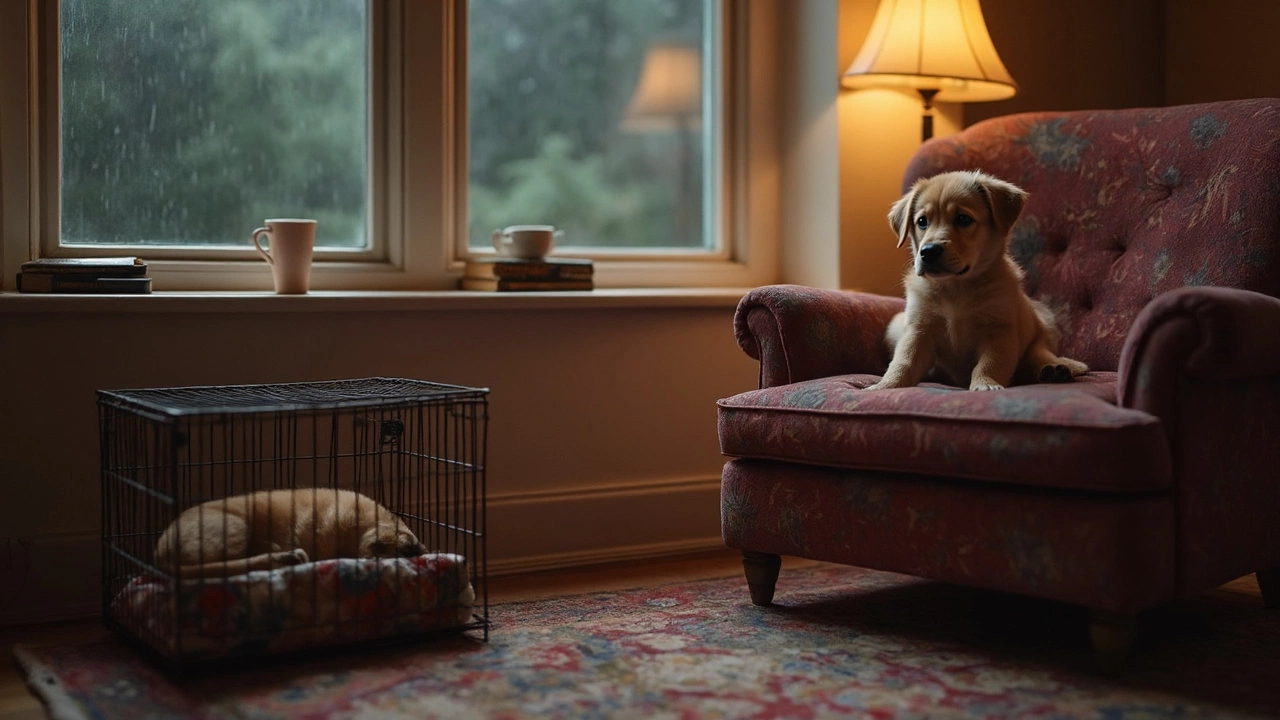New Puppy Advice You Can Use Today
Welcome to the chaotic, cute world of puppy parenthood. Your new four‑legged friend is learning everything fast, and you need straight‑forward help that actually works. Below are the must‑know tips that will keep you both happy, from house‑roaming to bedtime routines.
Letting Your Puppy Roam the House
Start by puppy‑proofing a single room. Remove loose wires, small objects, and anything chewable that could choke. When you feel the pup is calm and responding to basic commands, open a second doorway. A good rule of thumb: if your puppy can sit and stay on cue for at least 30 seconds, you’re ready to let them explore a bit more. Keep a leash handy the first few times you open the gate so you can redirect if they sprint toward a hazard.
Don’t rush the whole house at once. Gradual exposure builds confidence without overwhelming them. If you catch them chewing a shoe, calmly redirect to an approved chew toy and praise the switch. Consistency beats chaos.
Nighttime Sleep and Crate Training
Eight‑week‑old puppies still need many naps, but they can start sleeping through the night with a routine. Feed the last meal by 6 pm, take a bathroom break right before bed, and place the crate in a quiet spot. A snug blanket and a soft toy mimic a den, helping them settle.
Expect a few wake‑ups for bathroom trips. Keep the lights low and speak softly if they whine—no playtime, just a quick outside trip. Over time, they’ll understand that night equals sleep, not a game.
Now for the fun part: toys and training. Choose toys that are safe for chewing, like rubber Kong or rope toys with reinforced stitching. Avoid anything that can be torn apart into small pieces. When you introduce a new toy, supervise the first session to see how they bite and play. This prevents accidental swallowing.
Teaching “no” is easier than you think. As soon as your pup does something you don’t want—like jumping on a visitor—firmly say “no” and turn away. Then immediately reward the calm behavior with a treat or praise. Repeating this pattern teaches them that “no” means stop, and good behavior gets rewarded.
Remember, every puppy is different, but these basics apply across breeds. Keep a checklist: house‑proof one room, test a stay command, set a bedtime routine, pick safe chew toys, and use a clear “no.” Follow these steps and you’ll avoid most common pitfalls while building a bond that lasts years.
Got a specific question? Think about what’s happening right now—maybe your puppy is chewing the couch or barking at the door. Write down the behavior, check which of the tips above applies, and try the suggested fix for a few days. If it doesn’t improve, a quick call to a local trainer can give you tailored advice.
Enjoy the adventure. Your pup will grow into a well‑behaved companion when you start with these simple, practical steps.

Should a Puppy Sleep in a Crate? Simple Facts and Real-Life Tips
Ever wondered if your new puppy should sleep in a crate? This article breaks down the pros, the drawbacks, and the best approaches for crate training at night. Discover what actually works for comfort, house-training, and safety, plus some surprising facts from real dog owners. Find out what your puppy might prefer and how to avoid the most common mistakes. Get practical, no-nonsense tips whether you’re a first-time pup parent or still on the fence about crates.
View more